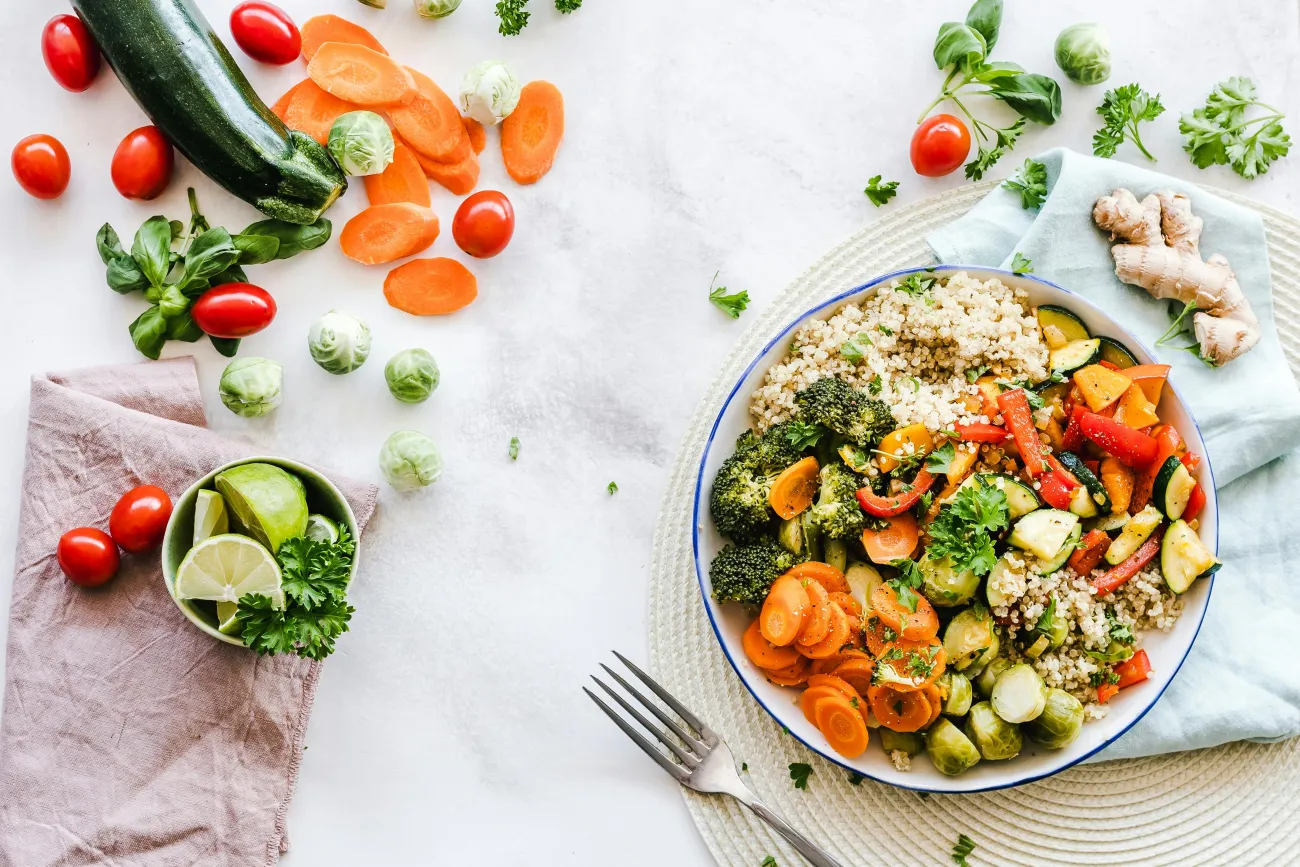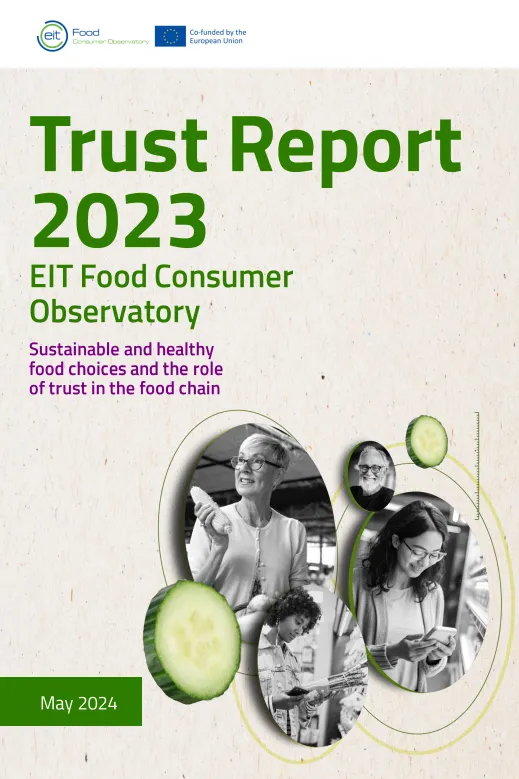
An upcoming paper shows that Front-of-pack nutrition labels have little impact on consumer choice in a retail setting. The study: “Effects of nutrition label format and product assortment on the healthfulness of food choice,” examines the choices of 1000 German and Polish consumers.
40 products in each country were selected, 20 in the savoury snack food category and 20 in the sweet snack food category. The study evaluated whether the various nutrition label formats affect the consumer decision-making process and finds that the healthiness of a choice is independent of label format. Labels do not influence the healthfulness of consumers’ choice when they choose according to their preference. When consumers are specifically asked to make a healthful choice, healthfulness depends on the setting (which country the test is done in, the product category, i.e. “sweet” or “savoury”and the available choice set: 10 or 20 products). The study furthermore shows that when consumers are asked to make a healthy food choice they look at color coding, text and percentage of GDAs rather than a front-of-pack nutrition label.
Abstract as follows
This study aims to find out whether front-of-pack nutrition label formats influence the healthfulness of consumers’ food choices and important predictors of healthful choices, depending on the size of the choice set that is made available to consumers. The predictors explored were health motivation and perceived capability of making healthful choices. One thousand German and Polish consumers participated in the study that manipulated the format of nutrition labels. All labels referred to the content of calories and four negative nutrients and were presented on savoury and sweet snacks. The different formats included the percentage of guideline daily amount, colour coding schemes, and text describing low, medium and high content of each nutrient.
Participants first chose from a set of 10 products and then from a set of 20 products, which was, on average, more healthful than the first choice set. The results showed that food choices were more healthful in the extended 20-product (vs. 10-product) choice set and that this effect is stronger than a random choice would produce. The formats colour coding and texts, particularly colour coding in Germany, increased the healthfulness of product choices when consumers were asked to choose a healthful product, but not when they were asked to choose according to their preferences.
The formats did not influence consumers’ motivation to choose healthful foods. Colour coding, however, increased consumers’ perceived capability of making healthful choices. While the results revealed no consistent differences in the effects between the formats, they indicate that manipulating choice sets by including healthier options is an effective strategy to increase the healthfulness of food choices.
Citation: Aschemann-Witzel J., Grunert K. G., Trijp H., Bialkova S., Raat M.M., Hodgkins C., Wasowicz-Kirylo G., Koenigstorfer J. 2013, Effects of nutrition label format and product assortment on the healthfulness of food choice, Appetite, Doi: 10.1016/j.appet.2013.07.004
To read an article covering this new study in see here (Food & Drink Europe) or to read the paper see here.




Comments (0)